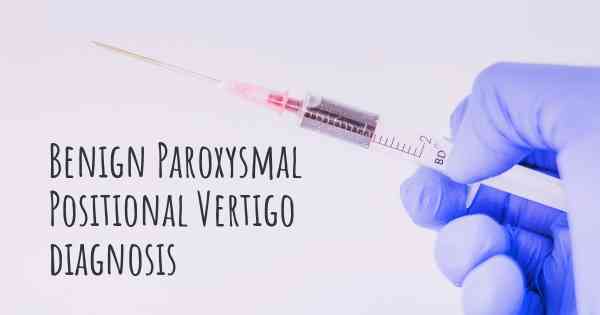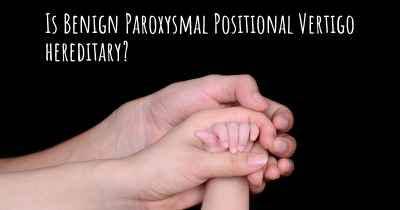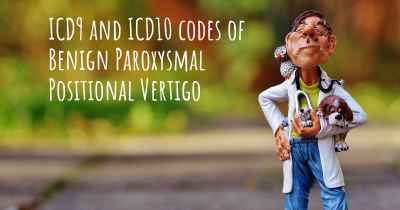How is Benign Paroxysmal Positional Vertigo diagnosed?
See how Benign Paroxysmal Positional Vertigo is diagnosed. Which specialists are essential to meet, what tests are needed and other useful information for the diagnosis of Benign Paroxysmal Positional Vertigo

Diagnosis of Benign Paroxysmal Positional Vertigo (BPPV)
Benign Paroxysmal Positional Vertigo (BPPV) is a common vestibular disorder characterized by brief episodes of vertigo triggered by specific head movements. It occurs due to the presence of small calcium crystals called otoconia that become dislodged from their usual position within the inner ear.
Diagnosing BPPV involves a comprehensive evaluation of the patient's medical history, physical examination, and specific diagnostic tests. The goal is to identify the characteristic symptoms and signs associated with BPPV and rule out other potential causes of vertigo.
Medical History
The first step in diagnosing BPPV is obtaining a detailed medical history from the patient. The healthcare provider will ask about the nature, frequency, and duration of the vertigo episodes, as well as any associated symptoms such as nausea, vomiting, or hearing changes. They will also inquire about any recent head trauma or ear infections that may have preceded the onset of symptoms.
Physical Examination
During the physical examination, the healthcare provider will perform a series of maneuvers to assess the patient's balance, coordination, and eye movements. They will observe for any abnormal eye movements (nystagmus) that may be triggered by specific head positions or movements, which is a hallmark sign of BPPV.
The Dix-Hallpike maneuver is a commonly used test to provoke vertigo in patients suspected of having BPPV. The patient is rapidly moved from a sitting to a supine position with their head turned to one side. The healthcare provider carefully observes for the onset of vertigo and associated nystagmus.
Diagnostic Tests
If the medical history and physical examination suggest BPPV, further diagnostic tests may be conducted to confirm the diagnosis and determine the affected ear. These tests may include:
- Videonystagmography (VNG): This test measures eye movements using infrared cameras to detect abnormal eye reflexes associated with BPPV.
- Electronystagmography (ENG): Similar to VNG, ENG records eye movements to evaluate the vestibular system's function.
- Head Impulse Test (HIT): This test assesses the vestibulo-ocular reflex by rapidly moving the patient's head and observing for any abnormal eye movements.
- Magnetic Resonance Imaging (MRI): In some cases, an MRI scan may be ordered to rule out other potential causes of vertigo, such as tumors or brain abnormalities.
Consultation with a Specialist
If the diagnosis remains uncertain or the patient's symptoms do not fit the typical pattern of BPPV, a referral to an otolaryngologist or a vestibular specialist may be recommended. These specialists have expertise in diagnosing and treating vestibular disorders and can provide further evaluation and management options.
In conclusion, diagnosing Benign Paroxysmal Positional Vertigo involves a thorough medical history, physical examination, and specific diagnostic tests. The characteristic symptoms and signs, along with the results of diagnostic tests, help healthcare providers confirm the diagnosis and determine the appropriate treatment approach for the patient.








